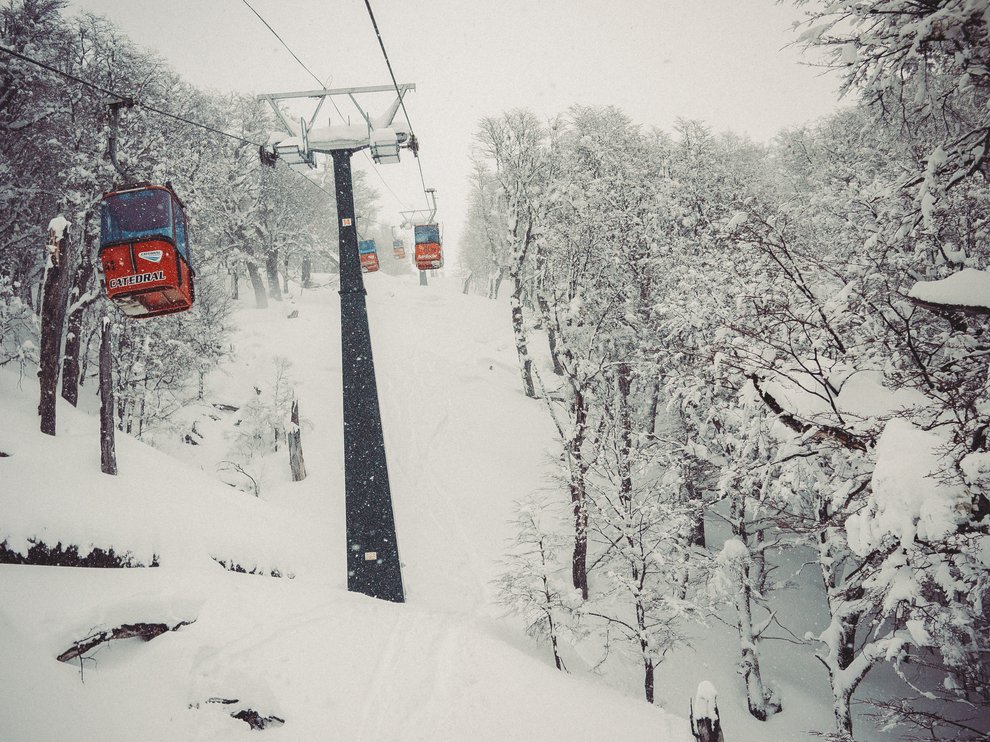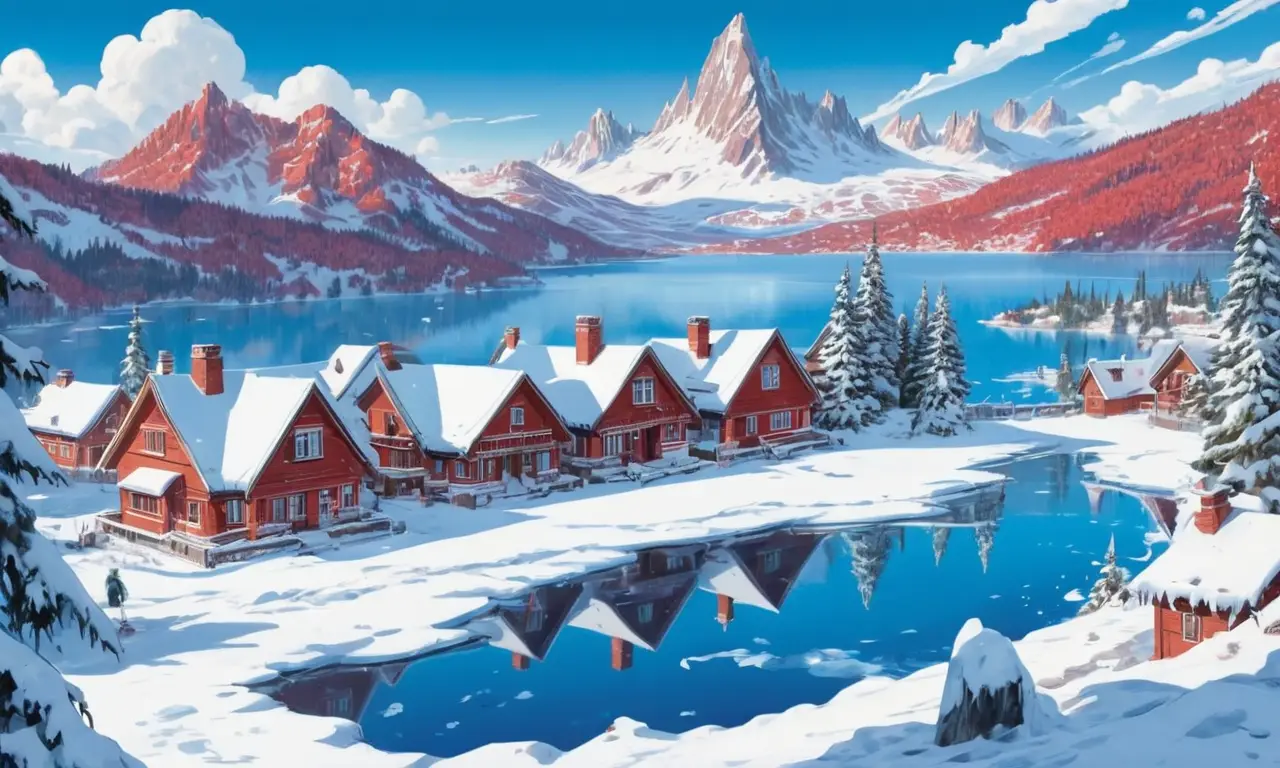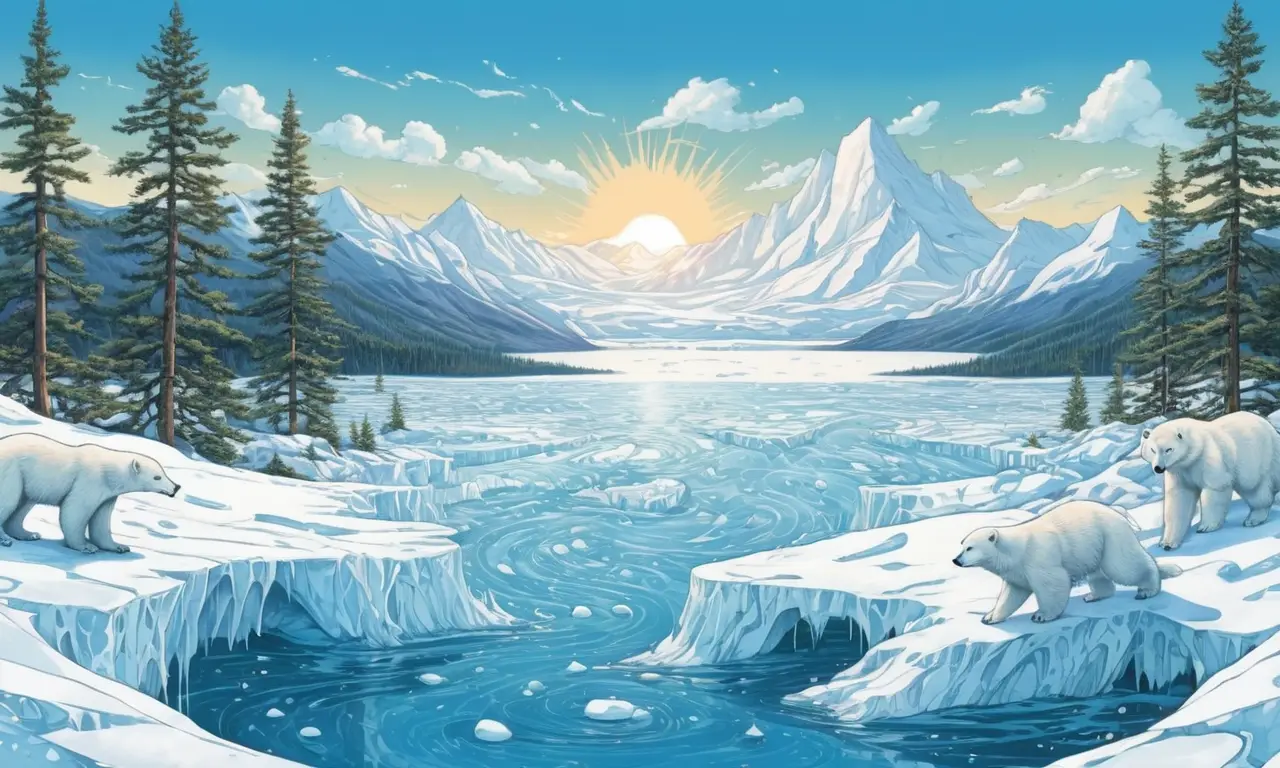
Summer is often synonymous with sunshine, warmth, and blooming flowers. However, there are certain corners of our planet where the arrival of summer brings a different kind of spectacle – snow. While it might seem counterintuitive, can it snow in summer? The answer is a resounding yes! Certain regions experience snowfall during the summer months due to unique geographical and climatic conditions. This article delves into the fascinating phenomenon of summer snowfall, exploring the reasons behind it and highlighting some of the most notable locations where it occurs.
This exploration will begin by examining the science behind summer snow, focusing on the factors that contribute to its occurrence. We’ll then journey to high-altitude regions like the Andes Mountains and the Himalayas, where summer snowfall is a regular occurrence. Finally, we’ll conclude with a summary of this intriguing phenomenon and its implications for our understanding of weather patterns.
Summer Snowfall Explained
Snow formation requires three key ingredients: moisture in the atmosphere, freezing temperatures, and a surface to accumulate on. While these conditions are typically associated with winter, they can occur during summer in specific locations.
The primary reason where does it snow in summer is due to altitude. As elevation increases, temperatures drop significantly. This means that even during summer months, high-altitude regions can experience freezing temperatures conducive to snowfall. Furthermore, certain polar climates remain cold year-round, leading to the possibility of summer snowfalls.
High Altitude Snowfall

High-altitude regions around the world often experience summer snowfall due to the consistently low temperatures at these elevations. The Andes Mountains in South America and the Himalayas in Asia are prime examples.
These mountain ranges boast towering peaks that pierce through the clouds, creating microclimates where temperatures remain well below freezing even during the warmest months. The combination of high altitude and persistent cold air masses results in frequent summer snowfalls, blanketing these majestic landscapes with a pristine white cover.
The Andes Mountains
The Andes Mountains, stretching along the western coast of South America, are home to some of the highest peaks on Earth. These towering giants experience significant temperature variations with altitude, leading to summer snowfall at higher elevations. Even in the heart of summer, the slopes above 4,000 meters (13,123 feet) often receive a dusting of snow, creating a stunning contrast against the vibrant green valleys below.
The Himalayas
The Himalayas, known as the “Roof of the World,” are another region where summer snowfall is a common occurrence. These majestic mountains, home to Mount Everest and other towering peaks, experience extremely cold temperatures at high altitudes. Even during the warmest months, the slopes above 5,000 meters (16,404 feet) can receive significant snowfall, adding to the mystique and grandeur of this awe-inspiring landscape.
Polar Climate Snowfall

Beyond high-altitude regions, certain polar climates experience summer snowfalls due to their consistently frigid temperatures. The Arctic and Antarctic regions, characterized by long periods of darkness and extreme cold, often see snowfall throughout the year, including during their respective summers.
The Arctic
The Arctic region, encompassing the northernmost parts of the globe, experiences a unique climate with prolonged periods of darkness during winter and extended daylight hours in summer. While temperatures can rise slightly during the summer months, they rarely reach above freezing, leading to occasional snowfall even during this time of year.
The Antarctic
Antarctica, the southernmost continent on Earth, is characterized by its extreme cold and icy landscapes. The continent experiences long periods of darkness during winter and limited daylight hours in summer. Despite the presence of sunlight during the summer months, temperatures remain well below freezing, resulting in frequent snowfall throughout the year, including during their summer period.
Conclusion
Summer snowfalls, while seemingly paradoxical, are a fascinating testament to the diverse and dynamic nature of our planet’s climate. High-altitude regions and polar climates provide unique conditions where where does it snow in summer becomes a reality. These occurrences highlight the intricate interplay between altitude, temperature, and atmospheric moisture, reminding us that even during the warmest months, winter’s touch can still be felt in certain corners of our world.
